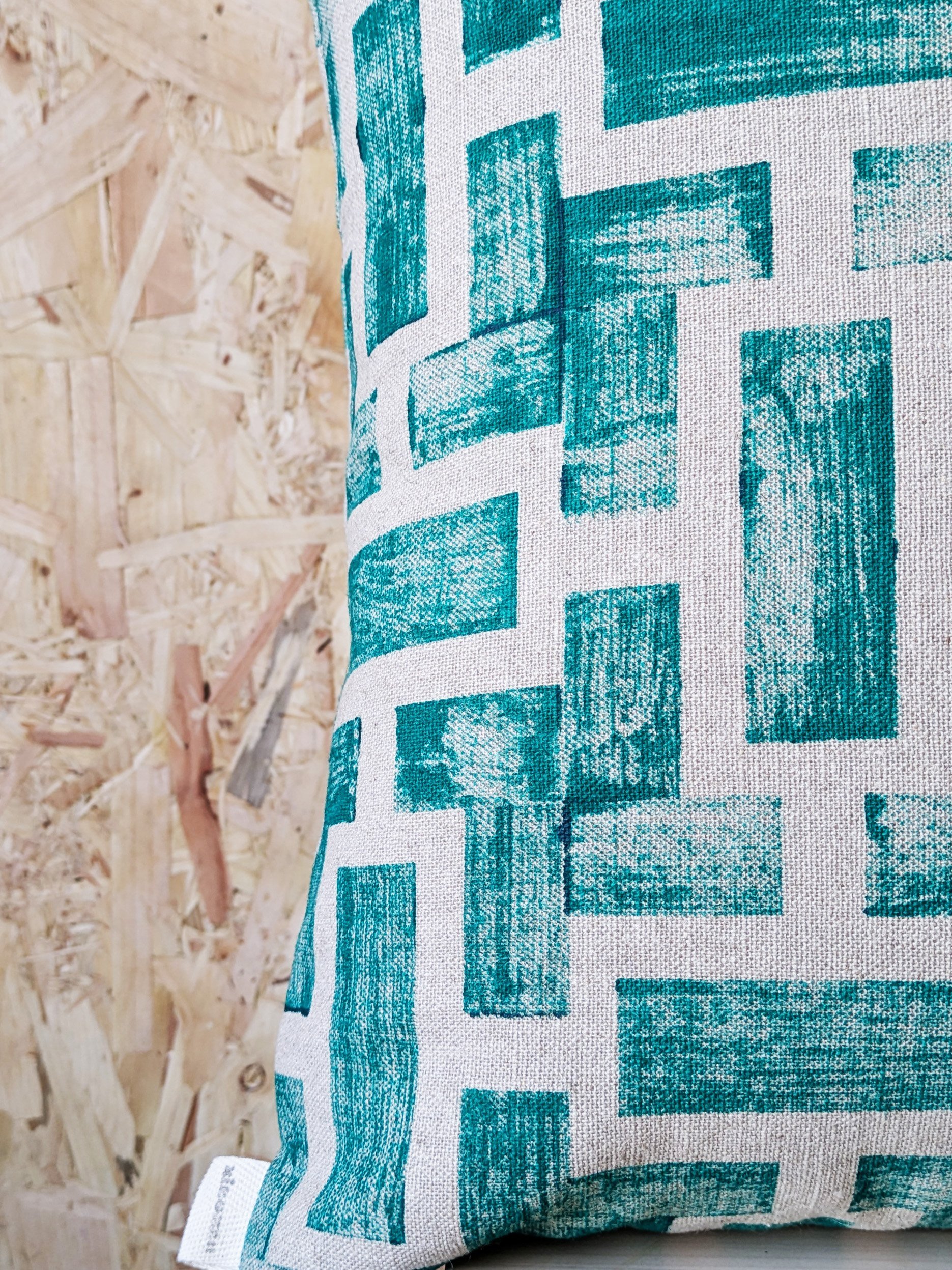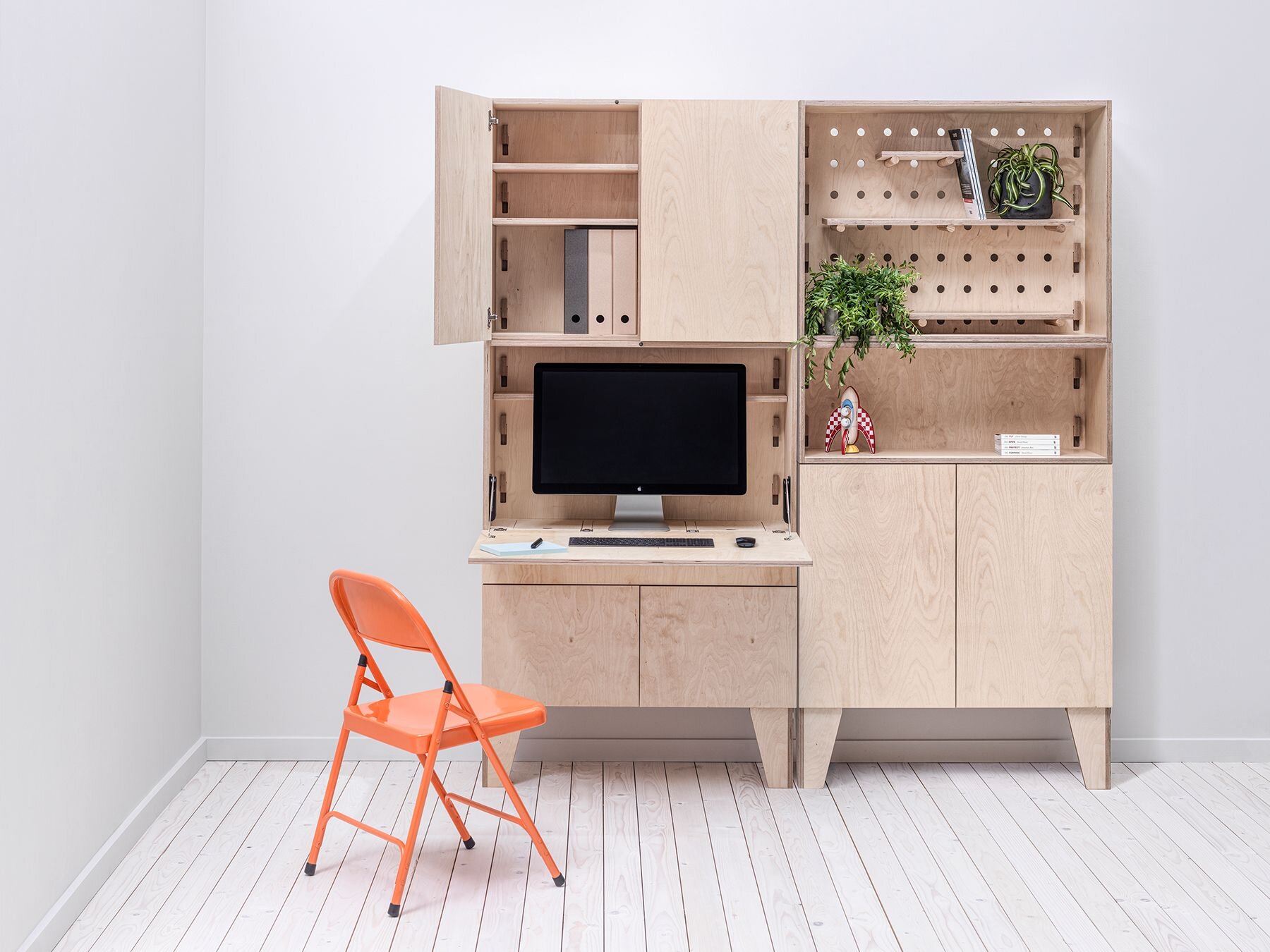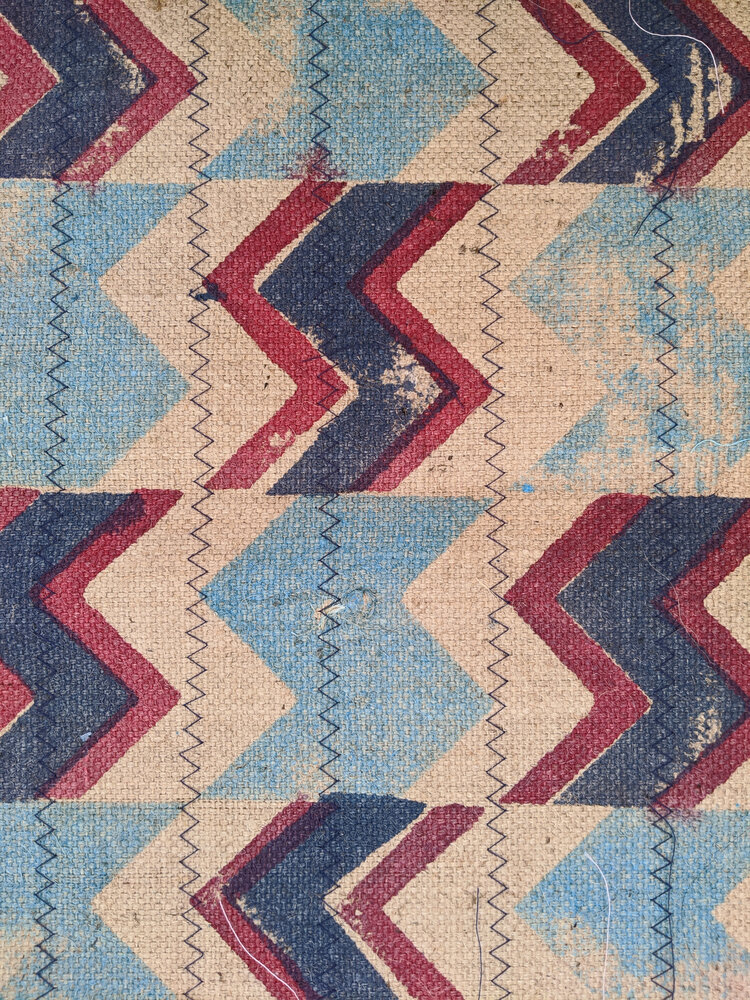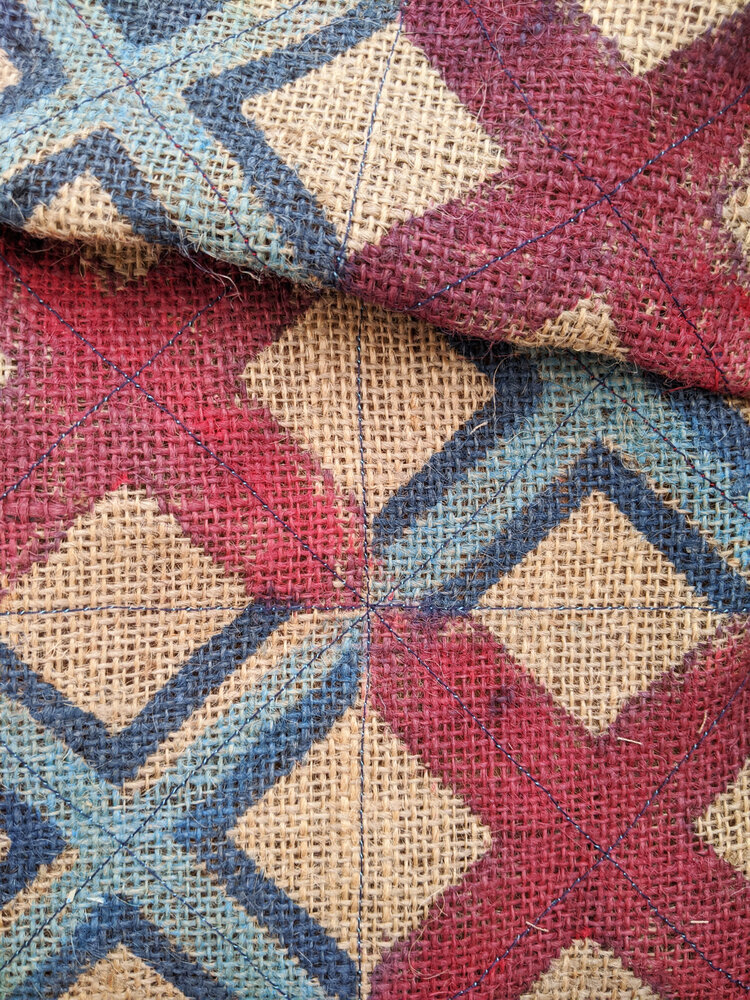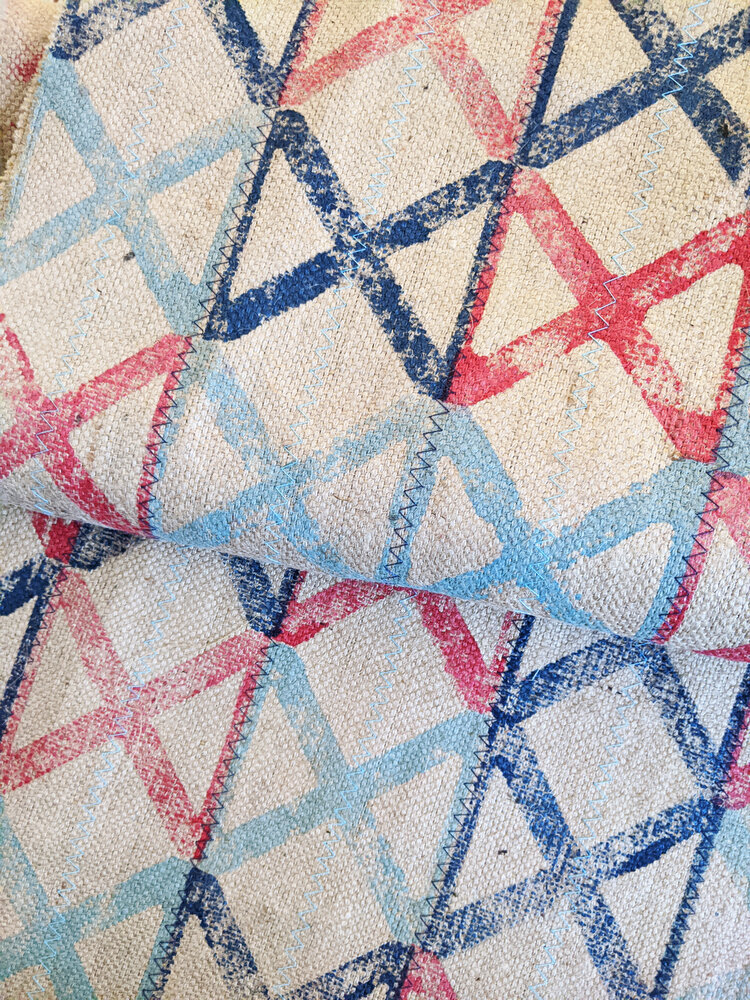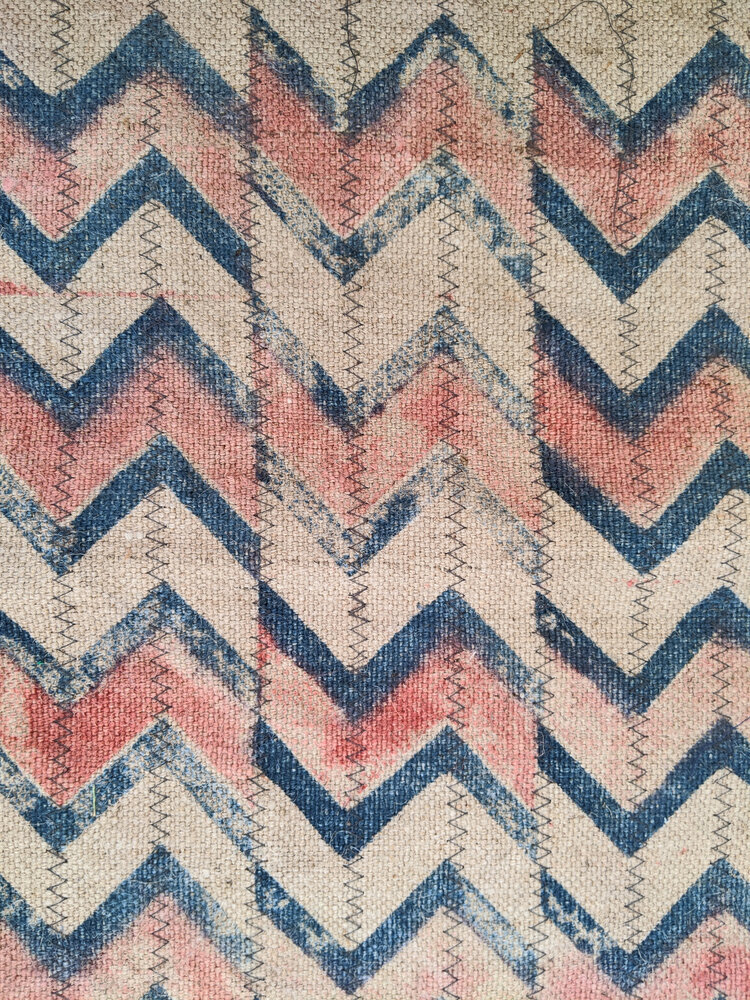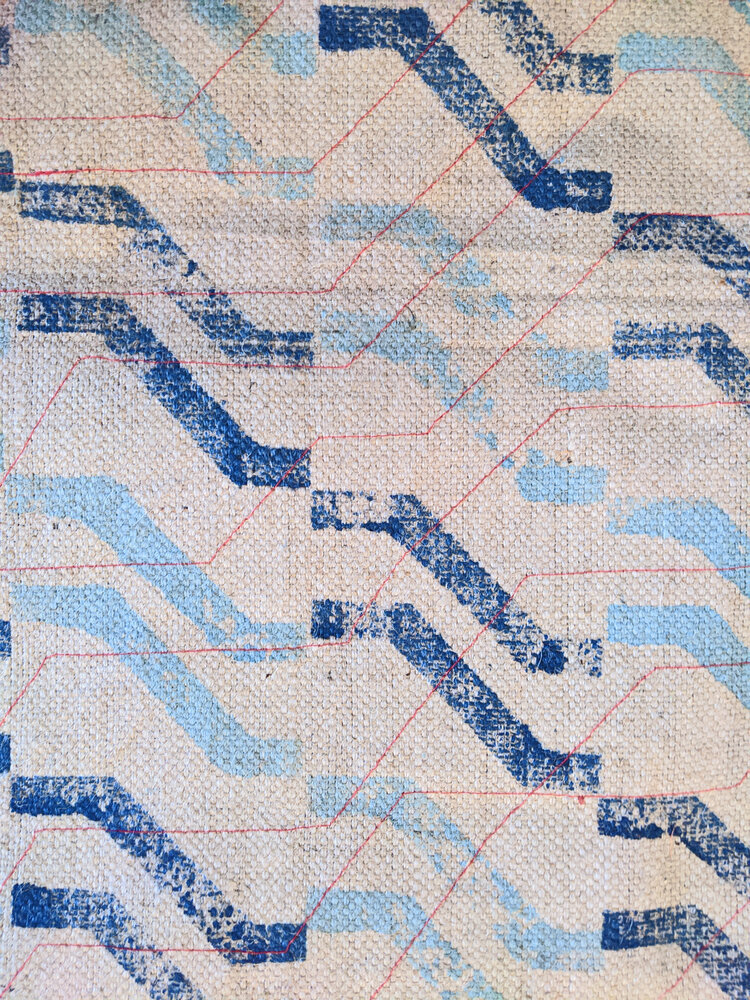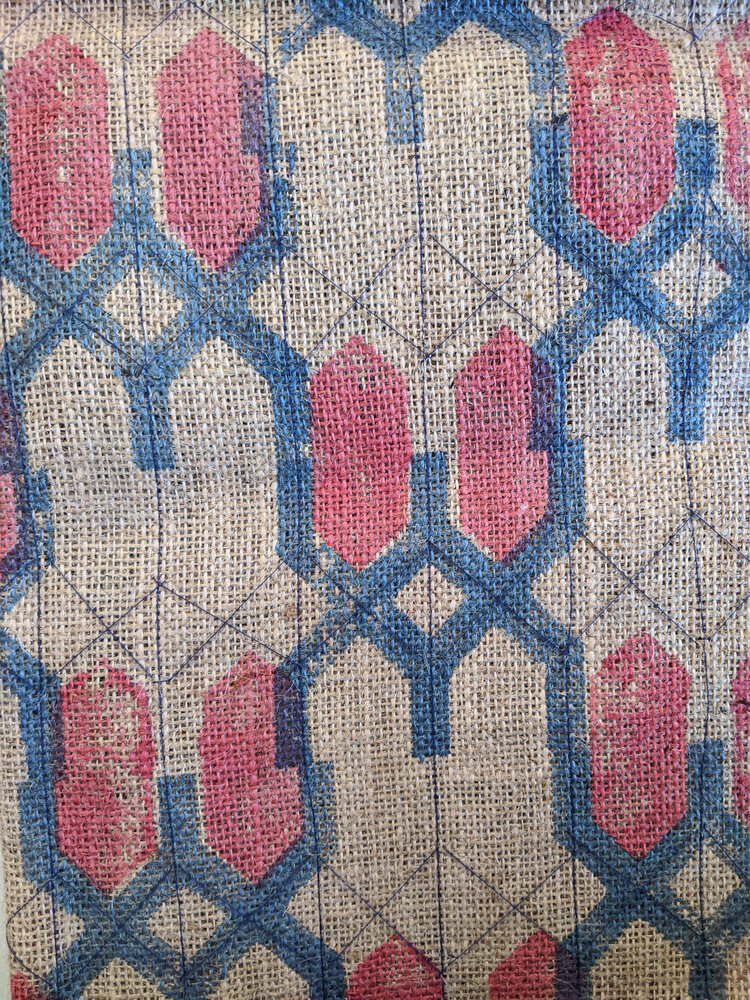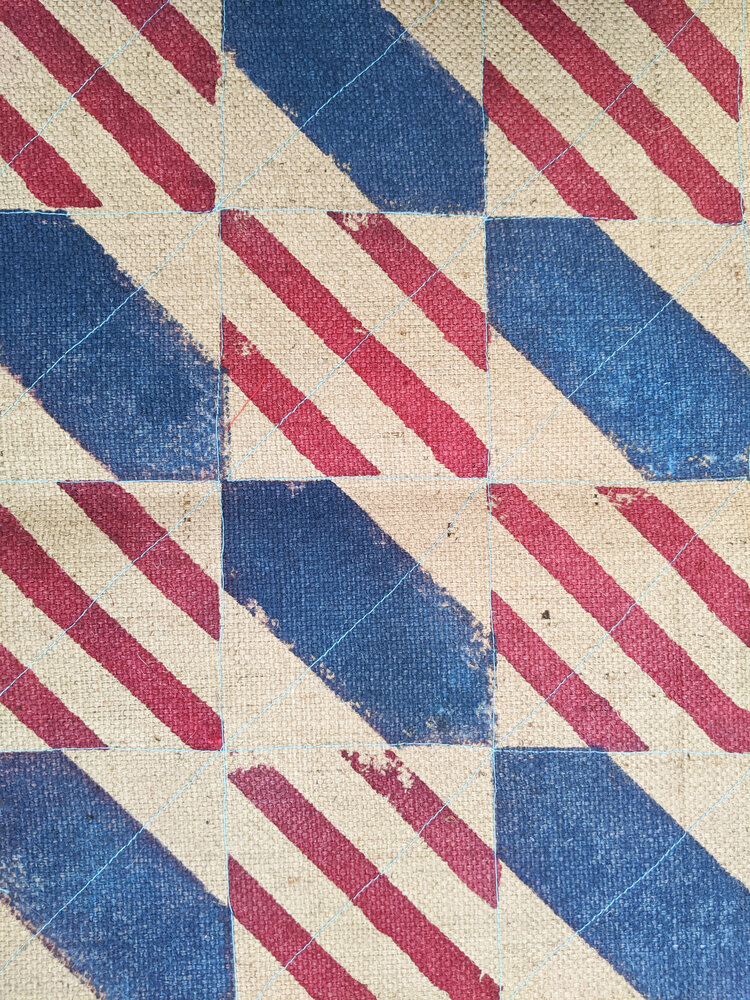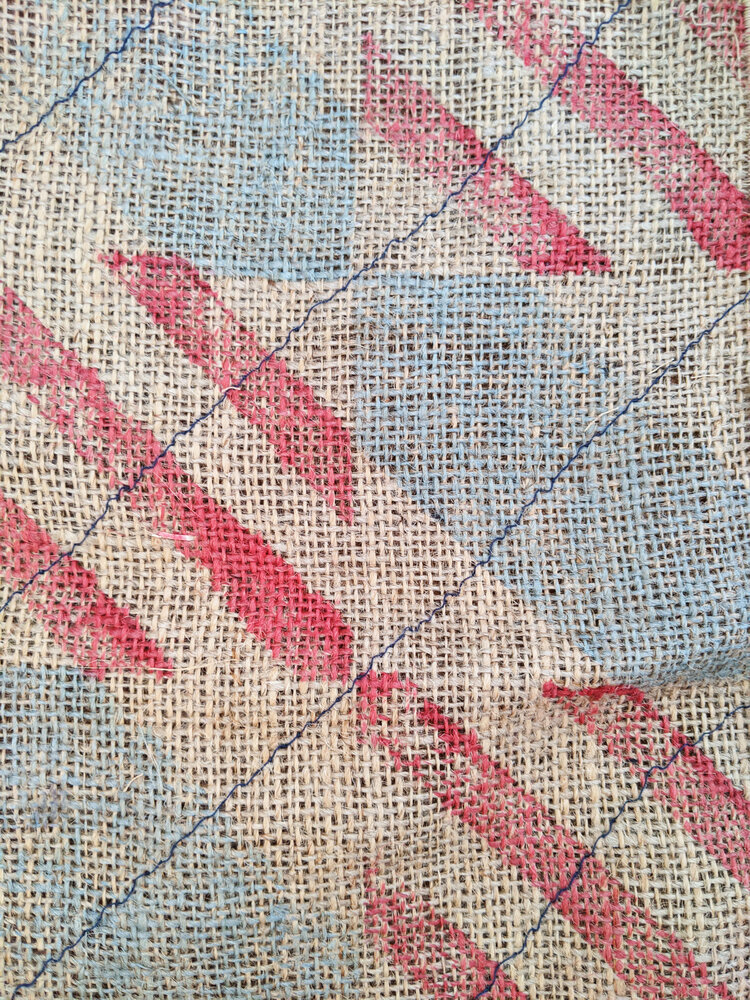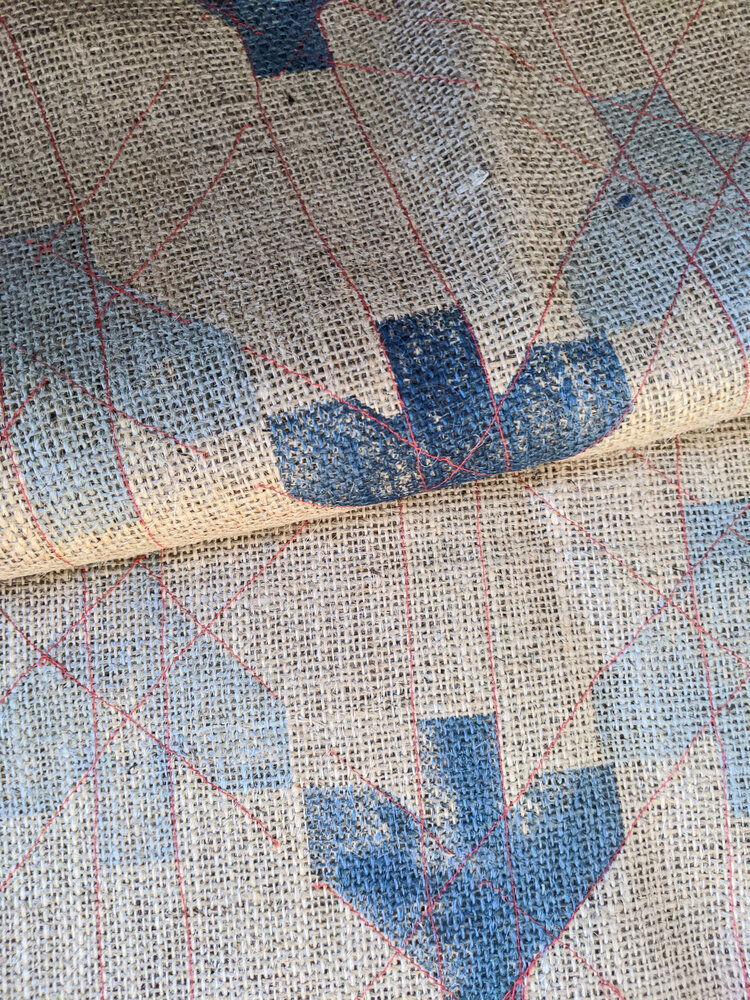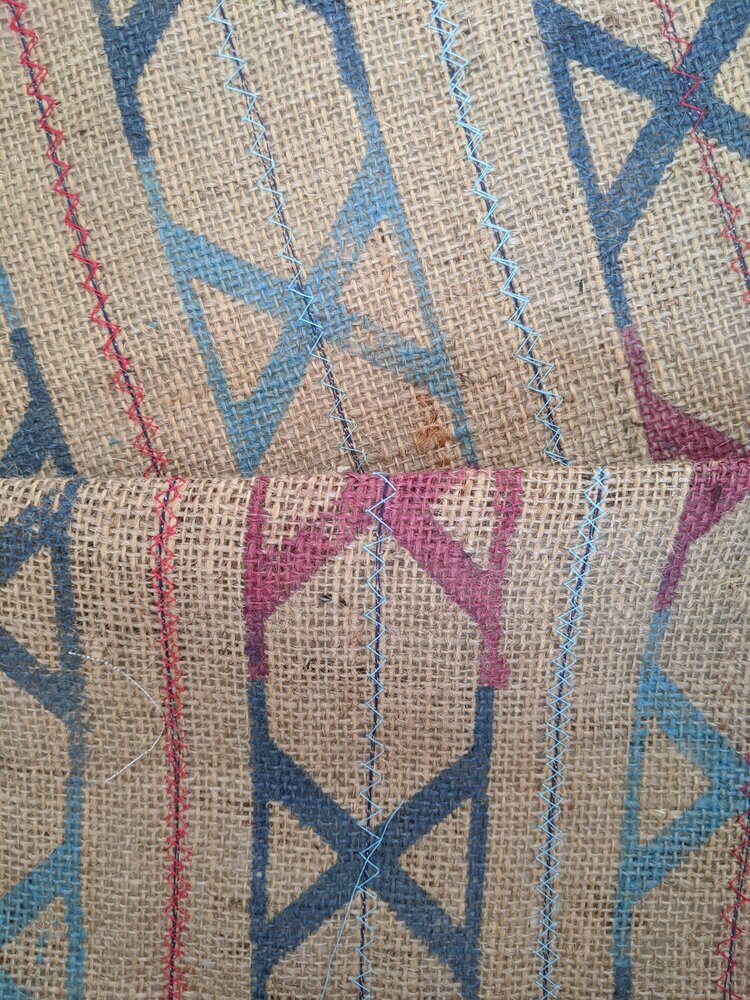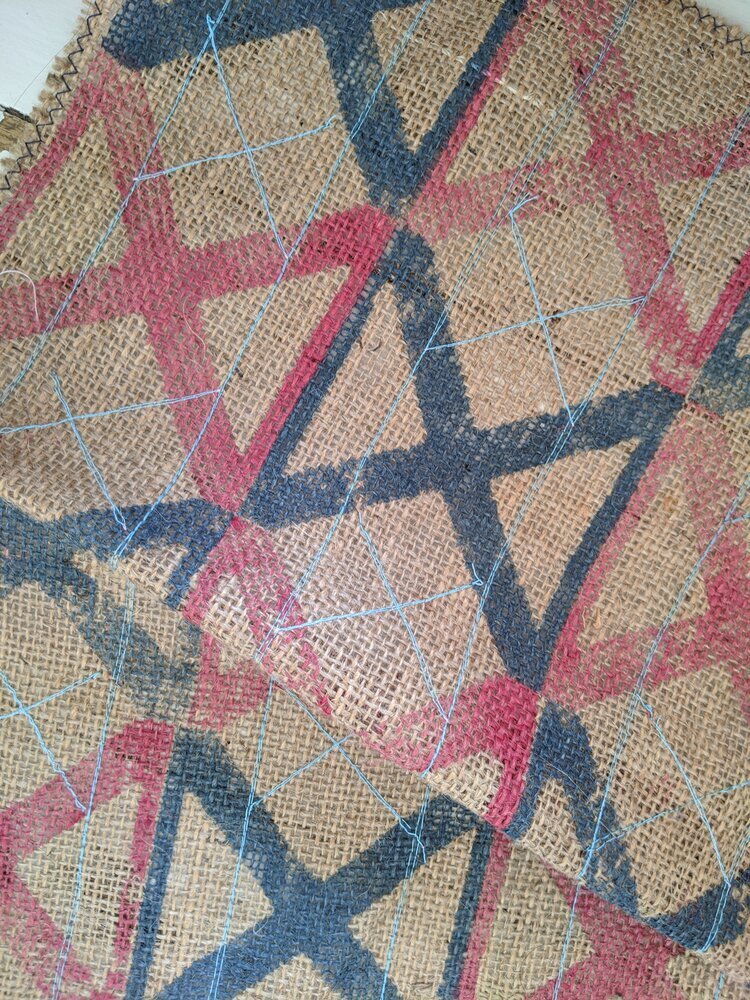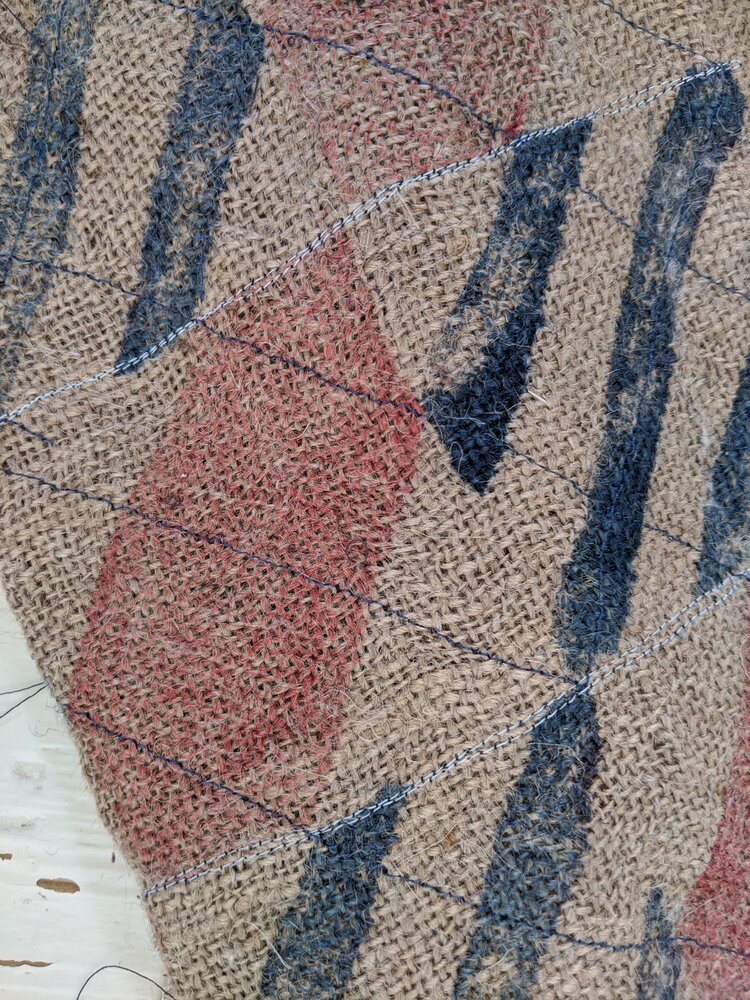this is going to be another one of those meandering blog posts but those who know zitozza will appreciate how much i value tactile, haptic design and i often explore this further — even on the buildings i frequently post about. in interior design, it’s often the surface that gets the glory. glossy interior magazines, pinterest kitchens, machine-mixed, precisely matched wall paints — all of these speak first and foremost to the eye. but do they speak to the hand? we decorate our homes by looking, mostly. but living happens through touch.
why touch matters
this re-discovering of tactile design has been going on for a while, finnish architect juhani pallasmaa argued in the eyes of the skin that modern design has lost its connection to the body. “architecture” he wrote, has become “an art of the printed image” — increasingly flat and ocular, distant from the sensory depth it once held. we experience spaces with our skin as much as with our eyes, but you wouldn’t know it from most interiors magazines.
touch is the forgotten sense of design — until you step onto a coarsely woven jute rug barefoot, or brush your hand against a natural linen fabric. that fleeting physical experience tells us more about comfort, quality, and materiality than a thousand words of product copy.
at zitozza, this is something we take seriously. every hand block printed cushion, rug, or lampshade is an invitation to feel as well as see. the patterns may be graphic — influenced by architecture, brutalism, modernist grid systems — but the textures are deliberately tangible. you don’t just see the ink sitting on the weave. you can feel it, the texture is within the patterns and the way it is applied by brush too.
materials are more than surfaces
i want to make a clear distinction here between “surface” and “material.” although as a surface pattern designer, i have designed hard finish surfaces such as floor patterns and carvings, surface to me means something visual, often cosmetic. material carries structure, meaning, weight, and i don’t think you can design for any kind of surfaces without understanding how materials behave.
in her book thinking with things, art historian esther pasztory proposes that objects — and their materials — are not passive. we use them to think with. they shape how we relate to space, culture, and ourselves. in design, this means we don’t just use things to build with, or decorate; we also use them to express what we value.
a hand-printed lampshade might say “i believe in craft.” a concrete-textured cushion might say “i value raw honesty over perfection.” material, in other words, does not just have physical weight but also a subjective kind of significance.
this is why surface-led decorating often feels fleeting. trends change, finishes date, colours come in and out of favour. but materials with presence (e.g. stone, wood to raw jute and block-printed textures) carry weight and can be adapted to outlast different fashions.
the material as Architectural element
our work at zitozza comes from the intersection of graphic design and material design. our blocks aren’t carved by hand — they’re precision-cut from digital vector drawings, a nod to order and modernity. but once that design hits the textile, once it’s printed, imperfectly, by hand — it becomes something else. it becomes a tactile surface. a material transformation.
this is why we speak of our textiles not just as “homewares” but as architectural materials. wallpaper, for example, becomes more than wall decoration — it becomes part of the structure’s language. our newly released AGGREGATE collection for instance, can be printed by hand on non-woven wallpaper rolls and it embraces this exact idea: bold modular graphics that are not only seen but felt, shifting as light and touch interact with the ink.
what does this mean when you decorate?
it means you don’t just choose based on colour schemes. you choose based on how something feels, both physically and emotionally. that’s why the texture of a printed cushion, the density of a handwoven rug, or the grip of a paper-mounted fabric print matters. these are materials that invite interaction. they’re not background, they’re architecture in soft form.
so next time you consider updating a room, ask: what do i want to touch every day? what kind of surface do i want to live with — not just look at?
explore tactile design
if you’d like to explore zitozza's approach to materials, here are a few places to start: printed rugs (for pattern underfoot.) cushions (for texture on the sofa or bed.) mounted prints (for a feel of the cloth without needing upholstery) fabrics and wallpapers (for sampling our prints.)



